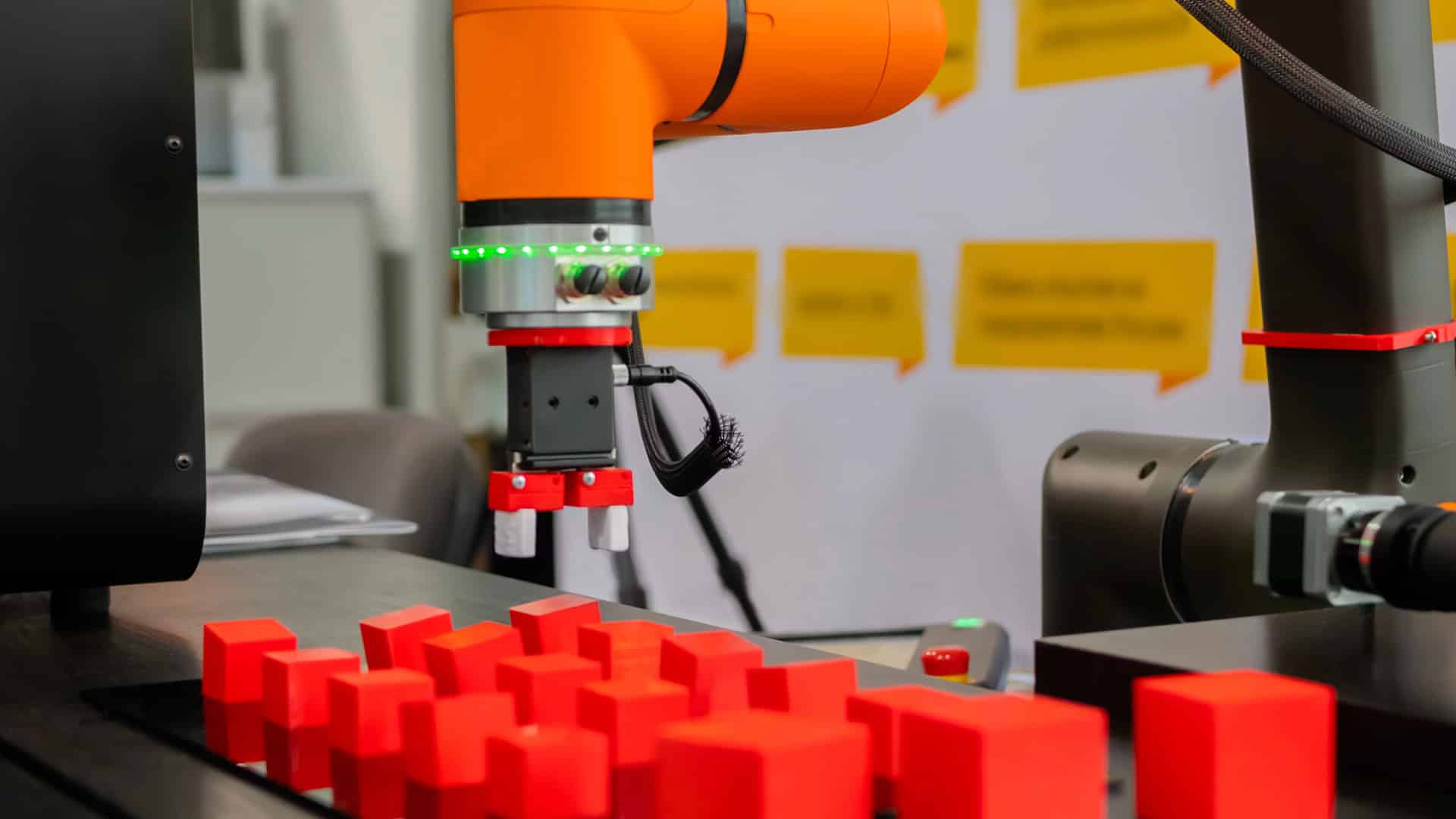Providing a personalized experience has become table stakes for both B2C and B2B organizations. According to a McKinsey report, more than 70% of customers expect a personalized experience, and companies that excel at personalization generate 40% more revenue from those activities than average players. Using next-best action models can assist marketing, sales, and customer service teams to ensure that customers are getting the most personalized experience possible, based on customer attributes, behaviors, and peer-group insights.
Next-best action models use data-driven insights and analytics from interactions with marketing, sales, customer service, and other departments to predict the next action an organization should take with a customer. By pulling together data from all interactions across all departments, and analyzing that data using machine learning (ML) and AI, a company can more accurately predict the right content, message, or offer a consumer is likely to want or need. It can also make interactions faster, more efficient, and more convenient for customers, thereby improving a customer’s overall experience with a company, brand, or service.
Many of the leading CX software platforms offer next-best action recommendations, including Amdocs, Sprinklr, Genesys, Oracle, Salesforce, SAP, and Khoros, among many others. Regardless of the platform, next-best action functionality requires a single view of the customer, which includes up-to-date records of their interactions with the company, regardless of the department that engaged with the customer. This should support the real-time ingestion of all customer interactions, and adjust insights based on those changes. Every interaction is captured: website visits, emails opened, links clicked, pages viewed, products viewed, past purchases, logins to a mobile application, in-store purchases, and so forth, which must be time-stamped to understand the consumer’s flow of engagement across channels.
Then, ML algorithms and predictive analytics are required to process this customer data and determine the right next-best action. These capabilities should be capable of analyzing millions of data points and identifying hidden patterns in the data, which then can be used to create recommendations based on an organization’s chosen data parameters. Next-best action does not rely solely on customer personas or segments, but instead leverages each individual customer’s specific interactions with the company, and continually adapts and improves over time.
While next-best action is well suited for sales and marketing tasks, CX professionals can benefit from the data-driven approach to building and maintaining customer relationships. Next-best action recommendations can be generated to serve up relevant content, tips, or other non-sales information that aids in ensuring customer success, and can ensure that customer and technical support interactions are tailored to the individual’s specific situation, improving relevance and efficiency.
The keys to deploying next-best action recommendation are as follows:
- Create a comprehensive view of your customer. It is not enough to capture basic demographic information on customers. The inclusion of granular interaction data gathered on your customers will help next-best action model become more accurate, so include all interaction data, purchasing behavior, preferences, likes and dislikes, and previous offers made to the customer.
- Test recommendation: In many cases, a recommendation may be rejected or ignored because of the way it is presented. Try approaches such as A/B and multivariate testing to prioritize the effectiveness of recommendation language, and then adjust the model accordingly.
- Integrate into technology framework. The accuracy of a model depends on the completeness of its data sources. Data from disparate sources can be integrated via the use of a customer data platform (CDP), which ingests data from all your marketing, sales, and support systems, unifying the data to provide a comprehensive, 360-degree view of the customer. Some CDPs also provide the AI, ML, and predictive modeling required to build next-best action models. Notable CDP providers include Bloomreach, Blueshift, Segment, Klaviyo, Totango, Treasure Data, and Tealium, among others.
- Collect feedback: One way to improve the effectiveness of next-best action models is to incorporate direct customer feedback. Ask customers about the types of content and offers they like to see, and incorporate the results into the model to improve accuracy.
- Pick your spots: Despite the demand for more relevant interactions, customers should not be hit with a recommendation or suggested action after every engagement. It is important to pick the situations that can have the greatest impact on the overall experience of the customer to leverage the next-best action algorithms. These choices should be based around interactions where there are significant pain points, or instances of sales drop-offs, and should be customer-centric, rather than simply identifying cross-sell or upsell opportunities.
Perhaps most importantly, a next-best action model can be used to provide personalization without running afoul of privacy concerns. Companies can enact strict privacy features and a first-party data strategy that allows customers to say when and how their data is used to their benefit, as opposed to reaching out with offers that are solely for the benefit of the company.
Author Information
Keith Kirkpatrick is Research Director, Enterprise Software & Digital Workflows for The Futurum Group. Keith has over 25 years of experience in research, marketing, and consulting-based fields.
He has authored in-depth reports and market forecast studies covering artificial intelligence, biometrics, data analytics, robotics, high performance computing, and quantum computing, with a specific focus on the use of these technologies within large enterprise organizations and SMBs. He has also established strong working relationships with the international technology vendor community and is a frequent speaker at industry conferences and events.
In his career as a financial and technology journalist he has written for national and trade publications, including BusinessWeek, CNBC.com, Investment Dealers’ Digest, The Red Herring, The Communications of the ACM, and Mobile Computing & Communications, among others.
He is a member of the Association of Independent Information Professionals (AIIP).
Keith holds dual Bachelor of Arts degrees in Magazine Journalism and Sociology from Syracuse University.








